What does the future of aviation look like? With innovations like electric aircraft, sustainable fuels, and advanced air traffic systems, the aviation industry is on the cusp of a transformative era. This article will explore these advancements, along with the challenges and prospects, offering a glimpse into what air travel might look like by 2050.
Key Takeaways
Electric and hybrid aircraft are critical for achieving net-zero carbon emissions in aviation by 2050, significantly reducing fuel consumption and environmental impact.
Sustainable Aviation Fuels (SAF) offer a practical solution for reducing carbon footprints, with various types such as biomass-derived fuels and hydrogen fuel cells providing potential zero-emission alternatives.
The aviation industry is facing rising cybersecurity threats, prompting the need for robust protective measures and collaborative strategies to ensure the safety and reliability of operations.
The Role of Electric and Hybrid Aircraft
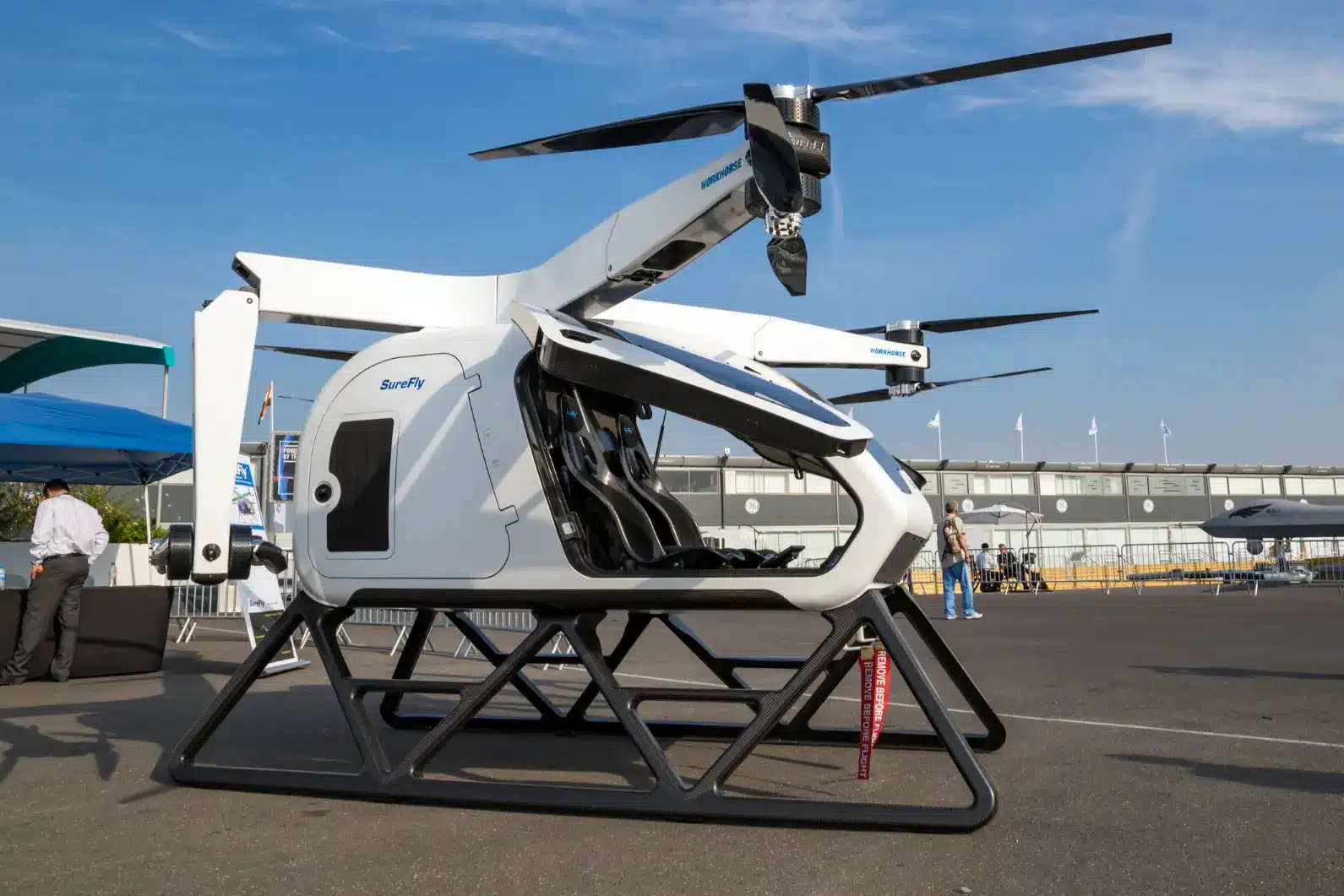
Electric and hybrid aircraft are at the forefront of the aviation industry’s efforts to reduce fuel consumption and carbon emissions. These aircraft integrate traditional jet engines with electric propulsion, significantly decreasing fuel usage and emissions. The aviation sector aims to reach net-zero carbon emissions by 2050, aligning with global climate goals. This ambitious target has spurred the development of next-generation aircraft that prioritize sustainability without compromising performance.
The aviation industry has already made significant strides in improving fuel efficiency, achieving a 50% reduction in fuel consumption per flight since 1990. Hybrid-electric aircraft, particularly in short-haul flights, are expected to play a crucial role in this transition by significantly decreasing emissions. The collaboration between the aviation sector and government entities is essential in achieving these goals.
Small Aircraft and E-Propulsion
Small aircraft are increasingly utilizing electric propulsion systems to enhance efficiency and reduce environmental impact. Several firms are developing small electric aircraft, which promise to revolutionize short-distance travel with reduced operational costs. These advancements are expected to make air travel more accessible and eco-friendly, addressing the growing demand for sustainable alternatives in the aviation industry.
Electric air taxis are expected to begin operations by 2028, with events like the Los Angeles Olympics serving as potential showcases. Incorporating electric propulsion in small aircraft boosts efficiency and reduces environmental impact, aligning with the aviation sector’s sustainability goals.
Challenges for Large Jets
While small aircraft are making significant strides, large jets face substantial challenges in adopting electric propulsion. The primary hurdles include the low power density and high weight of batteries, which limit the feasibility of fully electric propulsion for wide-body aircraft.
As a potential solution, hybrid systems could be employed for energy-intensive phases such as take-off and landing, combining conventional jet fuel with electric propulsion to reduce overall emissions.
Future Prospects
Looking ahead, the future of aviation is poised for profound changes by 2050. Research is underway for new propulsion technologies, including electric, solar, and hydrogen options. Electric propulsion is anticipated to play a decisive role in the future of aviation, with projects like the Lilium Jet expected to commence operations by 2025.
These advancements represent significant progress toward a more sustainable and efficient aviation sector.
Sustainable Aviation Fuels (SAF)
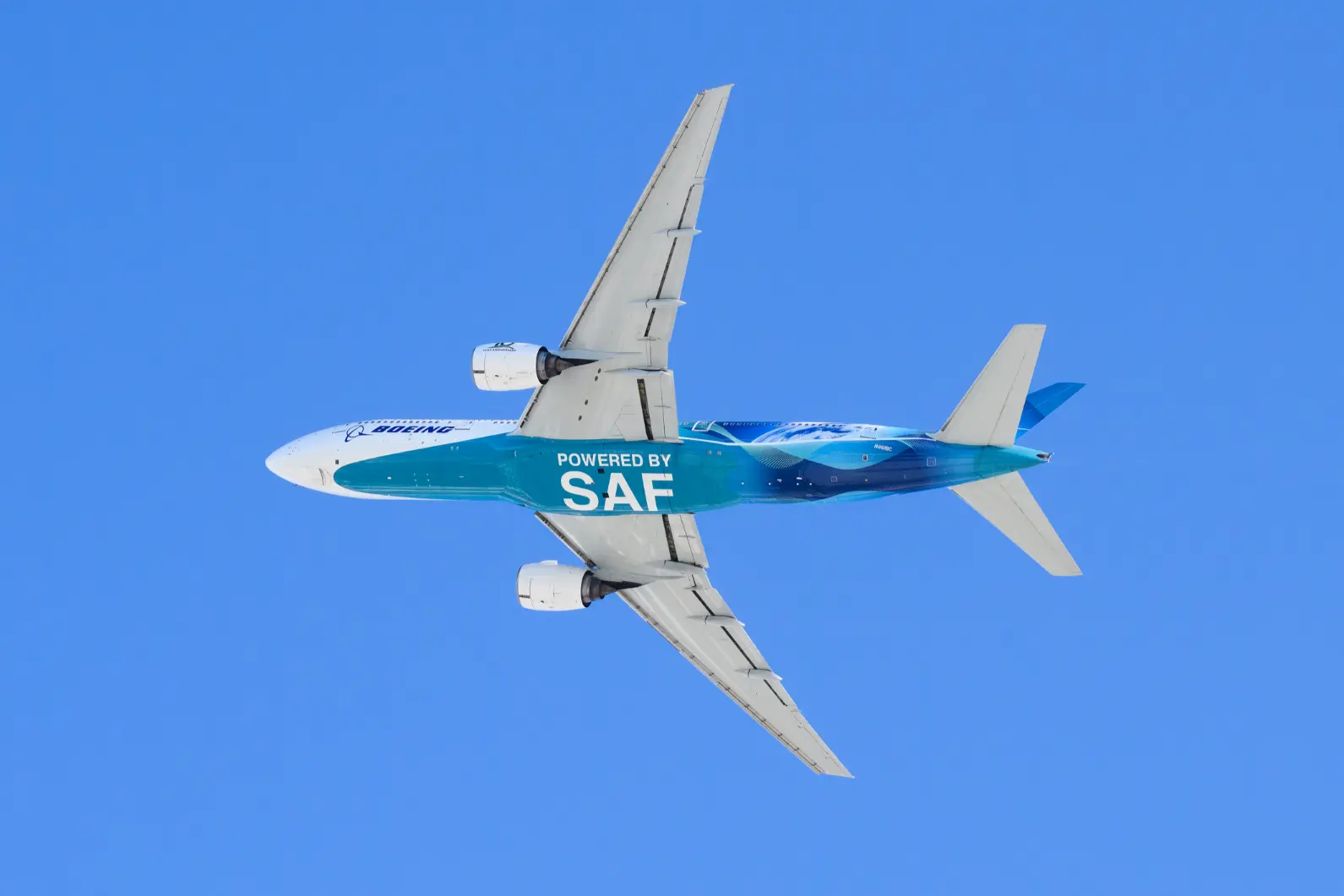
Sustainable Aviation Fuels (SAF) are pivotal in the aviation industry’s journey towards net-zero carbon emissions. These alternative fuels can be blended with traditional jet fuel, offering a practical solution to reduce the carbon footprint of air travel. The international aviation community is committed to achieving net-zero emissions by 2050, with initiatives like Airlines for America’s goal of making 3 billion gallons of SAF available by 2030.
Airlines are investing heavily in more efficient aircraft and the development of sustainable aviation fuels to combat climate change. This section will delve into the different types of SAF, including biomass-derived fuels, hydrogen fuel cells, and solar-powered flight, highlighting their benefits and the challenges they face.
Biomass-Derived Fuels
SAF derived from renewable biomass offers a significant reduction in greenhouse gas emissions, up to 94% compared to standard jet fuel. The production process utilizes various feedstocks like municipal solid waste, oily waste, and woody materials.
Importantly, existing aircraft can use SAF blended with conventional fuels without requiring major modifications, making it a practical solution for reducing the carbon footprint of current fleets.
Hydrogen Fuel Cells
Hydrogen fuel cells present a promising solution for zero-emission aircraft, using hydrogen as a clean energy source. Hydrogen enables aircraft to operate without emissions, playing a key role in sustainable aviation.
However, the adoption of hydrogen fuel cells faces challenges related to storage, infrastructure, and economic viability.
Solar-Powered Flight
Advancements in solar power technology have made it possible for aircraft to operate using solar energy. Solar-powered flight represents a significant shift towards sustainable aviation, aiming to reduce dependence on fossil fuels.
The integration of solar power technology in aviation has the potential to drastically lower carbon emissions and operational costs, paving the way for a more eco-friendly future.
Supersonic and Hypersonic Travel

Supersonic jets and hypersonic technologies are at the forefront of aerospace advancements, aiming to significantly reduce travel times and transform air transport. The resurgence of supersonic travel is driven by technological advancements aimed at reducing sonic booms and enhancing fuel efficiency. The development of these next-generation aircraft promises to make global travel faster and more efficient.
Hypersonic travel, characterized by speeds exceeding Mach 5, presents both opportunities and complex engineering challenges. The potential to shorten flight durations dramatically could revolutionize global air travel, but significant hurdles related to heat management and aerodynamics must be overcome.
Supersonic Jets
New supersonic aircraft designs utilize innovative control surfaces to manage the unique aerodynamic challenges presented by shock waves. These designs aim to operate more efficiently, reducing fuel consumption compared to earlier models while addressing environmental impacts.
The advancements in supersonic jets are set to make high-speed travel more viable and eco-friendly.
Hypersonic Technology
Hypersonic travel, defined by speeds exceeding Mach 5.5, faces challenges related to heat management, aerodynamics, and economic viability. The extreme speeds involved necessitate materials that can withstand high temperatures, posing significant engineering challenges.
Despite these hurdles, the potential for rapid transit makes hypersonic technology a compelling area of research and development.
Regulatory and Safety Concerns
The introduction of supersonic flight is likely to encounter regulatory obstacles primarily related to noise pollution and safety measures essential for public acceptance. Stringent regulatory frameworks must address these concerns to ensure the successful integration of supersonic jets into commercial aviation.
Ensuring public confidence through robust safety measures will be crucial for the adoption of supersonic travel.
Advanced Air Traffic Management Systems
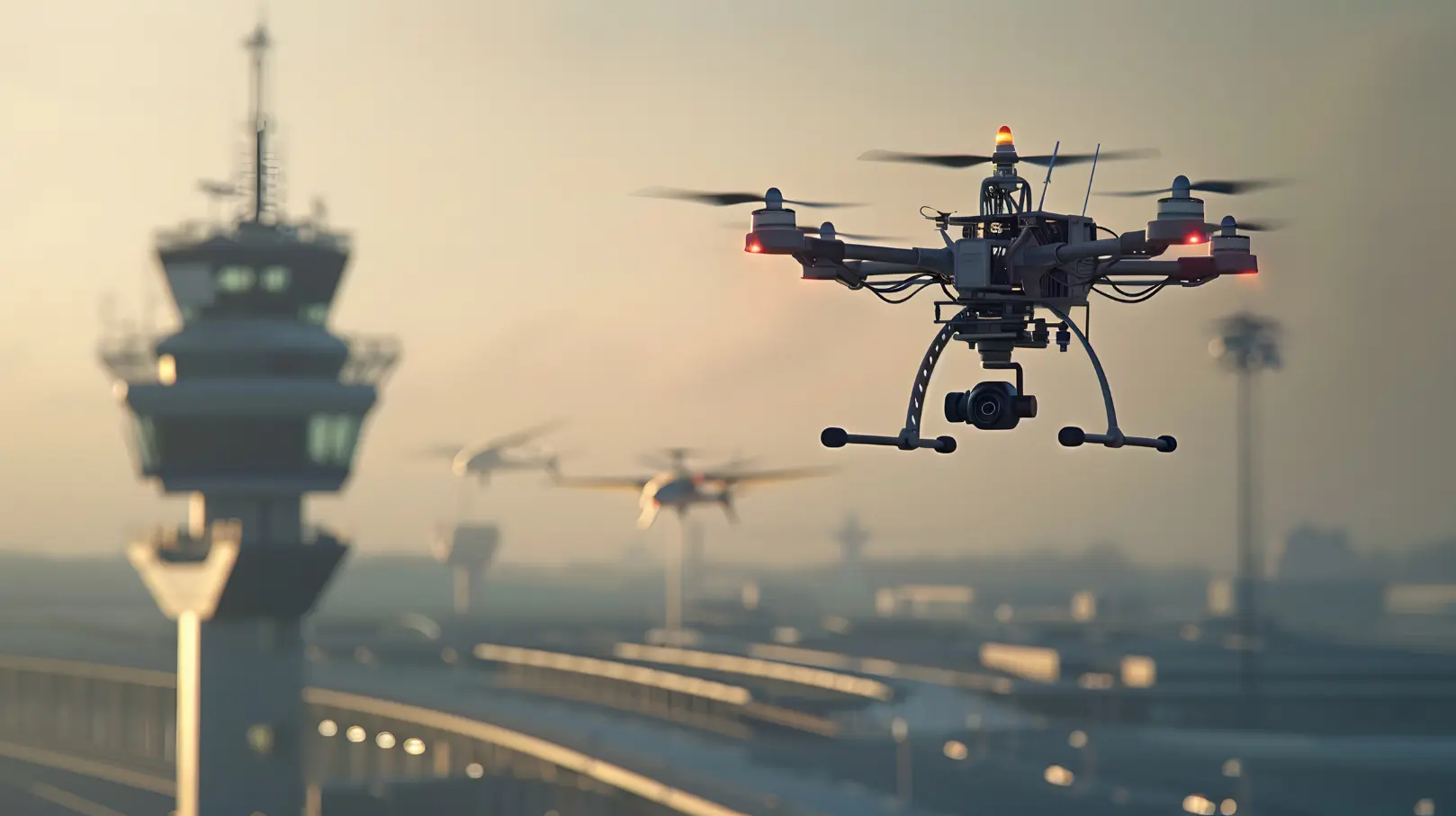
Advanced air traffic management systems are essential for handling the increasing complexity and volume of air traffic. The integration of artificial intelligence (AI) and digital technologies significantly enhances the efficiency, capacity, and safety of air traffic management. These technologies enable real-time data analysis and predictive analytics, which improve decision-making and operational performance. The adoption of these innovative solutions is crucial for the aviation industry’s future.
Technologies like Automatic Dependent Surveillance-Broadcast (ADS-B) provide real-time aircraft data, improving situational awareness for controllers. Airlines are leveraging these advancements to optimize operations, reduce delays, and enhance the overall passenger experience.
This section will explore the role of AI in air traffic control, digital technologies for efficiency, and the enhancements in safety these systems provide.
AI in Air Traffic Control
AI can automate routine tasks in air traffic control, allowing human operators to focus on complex decision-making. Predictive analytics help forecast traffic patterns and potential conflicts, enabling air traffic controllers to manage airspace more effectively.
AI applications improve the efficiency and effectiveness of air traffic control systems, redefining air traffic management.
Digital Technologies for Efficiency
Digital technologies play a crucial role in enhancing operational efficiency within the aviation sector. Advanced digital tools, including AI and machine learning, optimize flight schedules and air traffic management, leading to significant reductions in turnaround times and delays.
Real-time communication platforms between ground operations and aircraft streamline processes, further improving efficiency and passenger experience.
Enhancing Safety
New technologies in air traffic control aim to decrease human error by providing real-time data and predictive analytics for better decision-making. These advancements enhance safety in air traffic management by minimizing the risks associated with human error.
Systems like ADS-B enhance situational awareness, ensuring safer skies for all.
Urban Air Mobility and Air Taxis
Urban air mobility (UAM) and air taxis are poised to redefine urban transportation. These innovations promise to reduce travel times and alleviate congestion by enabling vertical take-offs and landings, functioning similarly to both helicopters and airplanes. The Federal Aviation Administration (FAA) has established new regulations to safely integrate powered-lift aircraft into the National Airspace System, paving the way for these futuristic modes of transport.
However, the successful integration of air taxis into urban environments faces several challenges. Regulatory updates are needed to incorporate air taxis into existing air traffic management systems, and significant investment in infrastructure, such as vertiports, is required. Addressing noise pollution and gaining public acceptance are also critical for the widespread adoption of UAM.
Nearly 100,000 passenger drones might be in operation by 2050, transforming urban landscapes and transportation networks.
Current Developments
Digital towers equipped with high-definition cameras enable remote monitoring of airfields, increasing safety at smaller airports. The FAA’s new regulations for powered-lift aircraft ensure these vehicles can operate safely within the National Airspace System, supporting the development of urban air mobility.
These developments signify substantial progress in the UAM sector.
Benefits and Challenges
Air taxis offer the potential to significantly reduce travel times by avoiding congested roadways, thus enhancing commuter productivity. However, regulatory challenges, infrastructure development, and public acceptance remain significant barriers.
Noise pollution during takeoff and landing is a concern that must be addressed to ensure community acceptance and successful integration.
Future Vision
Urban air mobility is anticipated to become widespread by 2050, integrated into public transport. Seamless connections between air taxis and public transit will improve the efficiency of urban transportation networks.
The FAA is collaborating internationally to refine strategies for integrating advanced air mobility into global airspace.
Smart Aircraft Interiors
Advancements in passenger experience are driving airlines to rethink cabin designs that prioritize comfort and efficiency in passenger aircraft. Future aircraft designs focus on enhancing passenger comfort through innovations in cabin layout and technology.
Modular cabin layouts allow airlines to customize passenger experiences, creating private areas, family spaces, and dedicated work zones. These innovations aim to improve both passenger satisfaction and operational efficiency.
Technological advancements are reshaping aircraft interiors, with a shift towards interactive spaces and more efficient use of available space. This section will explore the role of interactive spaces, efficient space utilization, and the potential of all-wings models in enhancing passenger experience.
Interactive Spaces
Airlines are utilizing smart technology, such as the Internet of Things (IoT), to create interactive cabin spaces for enhanced engagement. Touchscreen displays empower passengers to personalize their environment, controlling aspects like lighting and entertainment.
Emerging technologies like augmented and virtual reality are also being integrated into aircraft cabins to further enhance passenger engagement.
Efficient Space Utilization
Innovative designs are being explored to maximize cabin space, addressing passenger complaints about overhead storage and comfort. Solutions like adaptive seating that transforms into beds or workspaces are enhancing space efficiency and passenger comfort.
Staggered seating configurations optimize legroom and aisle space, improving overall comfort and operational efficiency.
All-Wings Models
All-wings models represent a radical departure from traditional aircraft designs, offering new potential for enhancing layout and functionality. These designs aim to maximize cabin space and redefine the traditional aircraft layout, leading to improved passenger experience and increased capacity.
The innovative aerodynamics of all-wings models could revolutionize how aircraft operate, making air travel more efficient and comfortable.
Addressing Climate Change in Aviation

The aviation industry adopted a climate action goal in 2008 and reaffirmed its commitment in 2021 to pursue net-zero emissions. Governments worldwide are also committed to supporting the aviation industry’s goal of net-zero emissions by 2050.
This ambitious target requires a substantial transformation in aircraft technology, emphasizing hybrid and electric solutions. Collaboration among airlines, manufacturers, and governments is essential for achieving sustainability objectives.
Advancements in hybrid and electric aircraft technology are expected to significantly reshape aviation by 2050, emphasizing better propulsion efficiency and lower emissions. Airlines are addressing not only CO2 emissions but also the climate impacts from non-CO2 emissions like contrails.
This section will explore the industry’s efforts in CO2 emissions reduction, noise reduction technologies, and the importance of industry partnerships.
CO² Emissions Reduction
The aviation industry is committed to halving CO2 emissions by 2050, aligning with global climate goals. Strategies to achieve this target include the development of more efficient aircraft, the adoption of alternative fuels, and the implementation of advanced air traffic management systems.
These efforts are crucial for reducing the aviation sector’s carbon footprint and mitigating climate change.
Noise Reduction Technologies
A significant target for the aviation industry is to cut aircraft noise pollution by two-thirds by 2050. Innovations in aircraft design and engine technology are central to achieving this goal. These advancements aim to make air travel quieter and more environmentally friendly, enhancing the overall passenger experience and reducing community impact.
Industry Partnerships
Industry-wide partnerships are crucial for the aviation sector in its quest to meet sustainability targets. Airlines and aviation companies are increasingly collaborating to develop and implement new technologies that enhance sustainability.
Government partnerships provide essential support and funding for research initiatives aimed at advancing sustainable aviation technologies. The synergy created through these partnerships significantly accelerates the transition towards a more sustainable aviation industry.
Growing Passenger and Freight Demand
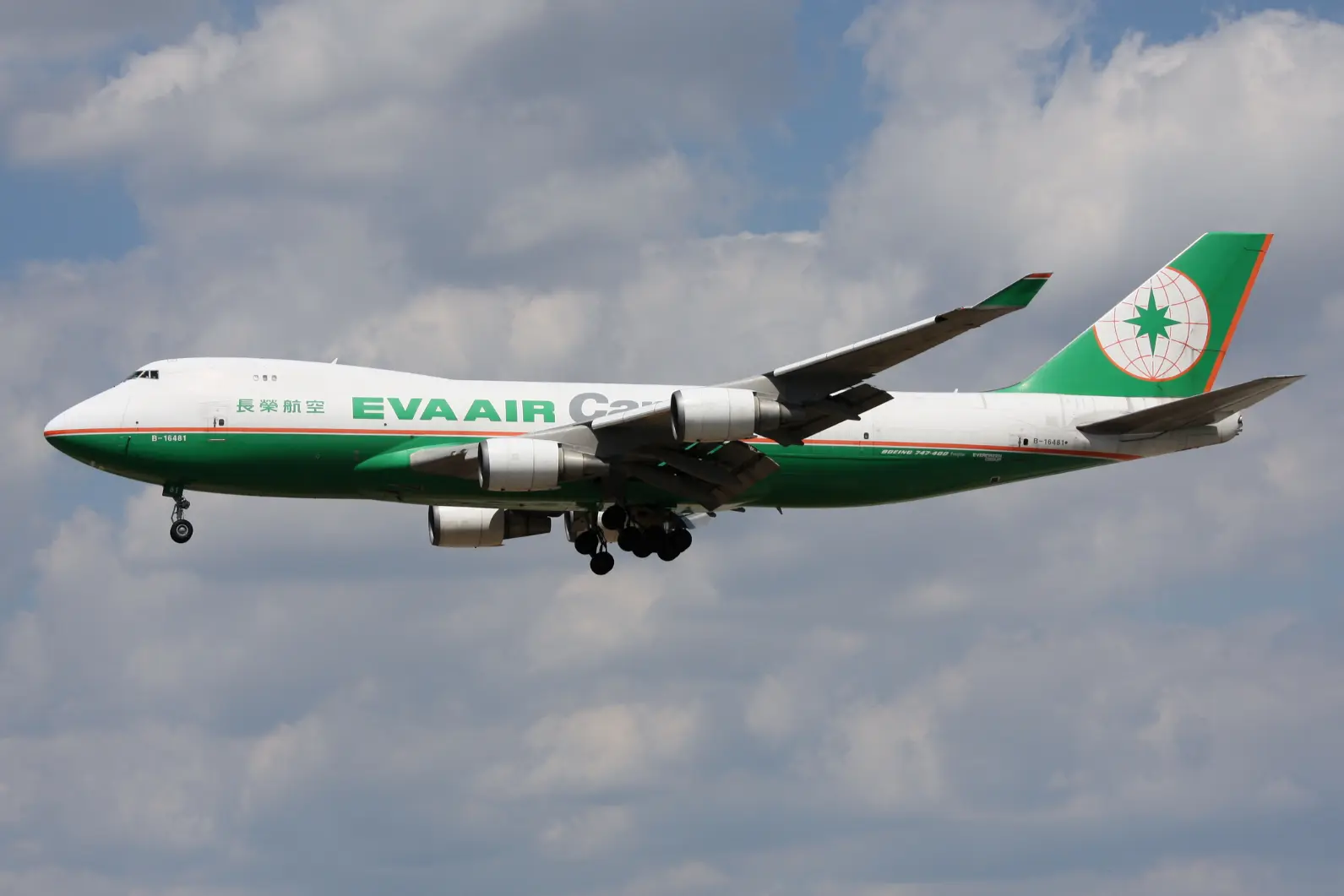
By 2050, the expected number of air passengers is projected to reach 9 billion, reflecting the growing demand for air travel.
Air travel facilitates the movement of goods, people, capital, and technology, contributing significantly to economic growth.
However, the aviation industry faces challenges such as:
fuel price volatility
geopolitical tensions
labor shortages
infrastructure constraints
Strategic investments in sustainability and workforce development are emphasized for the aviation industry’s future growth.
The aviation sector has shown a strong recovery trend post-pandemic, with air cargo playing a critical role in international trade. This section will explore passenger traffic trends, the surge in freight demand, and the necessary infrastructure investments to accommodate this growth.
Passenger Traffic Trends
International passenger traffic is expected to reach 4.1 billion by the end of 2024, marking a strong recovery for the aviation industry. By 2042, passenger numbers could rise to 8.7 billion, with the Asia-Pacific region accounting for 40% of global air travel.
Low-cost airlines have significantly influenced pricing structures and operational models within the traditional airline industry.
Freight Demand Surge
Global air cargo demand increased by 14.1% year-over-year in June 2024, with international air cargo volumes experiencing a 15.6% increase compared to June 2023. Asia Pacific and Latin America showed the highest air cargo demand growth.
Air cargo plays a crucial role in the e-commerce industry by hauling high-value goods, underscoring its importance in the global supply chain.
Infrastructure Investments
Investment for airport infrastructure in the Asia-Pacific region is estimated at $579 billion, reflecting significant potential for growth. The UAM market is anticipated to reach a value of approximately $90 billion by 2050, highlighting the importance of these investments in supporting future aviation demands.
Overall, these investments are crucial for ensuring that the aviation sector can accommodate the projected increases in passenger and freight traffic.
Cybersecurity in Aviation
Cybersecurity threats in the aviation sector are escalating, prompting urgent measures from authorities. Recent reports indicate that ransomware attacks targeting the aviation industry have significantly increased, highlighting the vulnerabilities within the system.
The aviation sector experienced a significant increase in ransomware incidents, contributing to a broader surge in cyber threats. This section will explore the rising threats, protective measures being implemented, and future strategies to ensure cybersecurity in aviation.
The aviation industry must prioritize cybersecurity investments to effectively safeguard operations and protect passenger data. Ongoing commitment to comprehensive protective measures is essential for the future resilience of the aviation sector.
Long-term strategies for maintaining cybersecurity focus on continuous monitoring, adaptation to evolving threats, and fostering collaboration among stakeholders to enhance overall resilience.
Rising Threats
Cyber-attacks in aviation grew by 131% from 2022 to 2023, highlighting an alarming trend in the industry. In 2023, a total of 764 cyber incidents were recorded in aviation, with nearly 64% aimed at airports.
These rising threats reveal vulnerabilities in the aviation system and underscore the need for robust cybersecurity measures.
Protective Measures
Protective measures are critical for ensuring the safety and reliability of aviation operations amid increasing threats. The aviation industry faces escalating cybersecurity threats that could jeopardize passenger safety and data integrity. Effective safeguarding of operations and passenger data requires substantial investments in cybersecurity infrastructure and protocols.
Future Strategies
The aviation industry is implementing urgent protective measures such as enhanced encryption, security protocols, and incident response strategies to safeguard against cyber threats. Long-term strategies focus on continuous monitoring, adaptation to evolving threats, and fostering collaboration among stakeholders to enhance overall resilience.
These strategies are essential for maintaining cybersecurity and ensuring the integrity of aviation operations.
New Business Models in Aviation
Airlines are increasingly diversifying their business models to enhance competitiveness and sustainability amid industry changes. To remain competitive, airlines are shifting their business strategies in response to evolving market conditions.
Innovative business models are being adopted by airlines to stay competitive and sustainable amidst evolving industry conditions. This section will explore the role of low-cost carriers, subscription-based services, and flexible operations in the aviation industry.
Low-cost carriers have significantly reshaped consumer expectations by offering affordable travel options while maintaining essential services. The introduction of subscription-based services is emerging as a new trend, allowing customers to pay for air travel in a flexible manner.
Flexible operational models enable airlines to quickly adapt to changing passenger demands and market conditions, improving efficiency and customer satisfaction.
Low-Cost Carriers
Low-cost carriers are reshaping the aviation market by providing affordable travel options and increasing competition. These airlines prioritize point-to-point flights to maximize efficiency and reduce operational costs.
By offering more affordable options, low-cost carriers have made air travel accessible to a larger demographic and transformed the traditional airline industry.
Subscription-Based Services
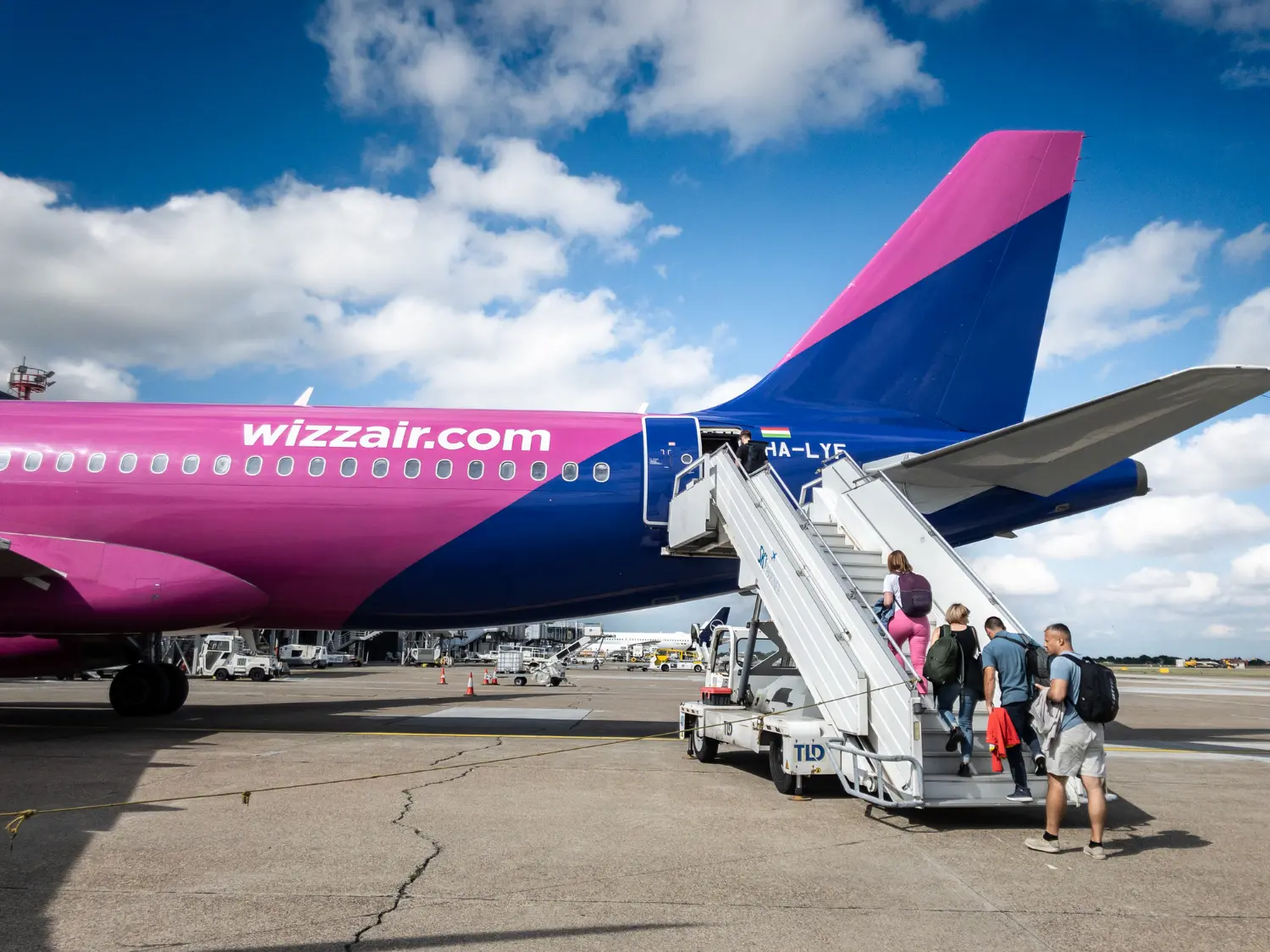
The introduction of subscription-based services in aviation allows customers to pay a flat fee for a certain number of flights, enhancing customer loyalty and travel flexibility. For example, Alaska Airlines’ Flight Pass offers frequent travel for a fixed monthly fee, appealing to frequent travelers.
This emerging trend provides passengers with greater flexibility and cost predictability, enhancing their overall travel experience.
Flexible Operations
Flexible operational models are being adopted in aviation to adapt to changing passenger demands and market conditions. These models enable airlines to adjust flight schedules and routes based on real-time demand, improving efficiency and customer satisfaction.
Integrating flexible staffing solutions allows airlines to quickly adjust to fluctuations in passenger demand, ensuring a more responsive and efficient operation.
Summary
The aviation industry is undergoing a transformative phase driven by innovations and significant challenges. The development of electric and hybrid aircraft, sustainable aviation fuels, supersonic and hypersonic travel, and advanced air traffic management systems are paving the way for a more sustainable and efficient future. Urban air mobility, smart aircraft interiors, and new business models are also playing critical roles in reshaping the industry.
Collaboration among airlines, manufacturers, and governments is essential to achieving sustainability goals and addressing the challenges posed by cybersecurity threats and growing passenger and freight demand. As we move towards 2050, these combined efforts will shape the future of aviation, making it more resilient, efficient, and environmentally friendly. Stay informed and engaged with these ongoing developments, as they will define the skies of tomorrow.
Frequently Asked Questions
What are the main benefits of electric and hybrid aircraft?
Electric and hybrid aircraft effectively reduce fuel consumption and emissions, aligning with the aviation industry’s goal of net-zero carbon emissions by 2050. Their efficiency is especially beneficial for short-haul flights, decreasing both emissions and operational costs.
How do sustainable aviation fuels (SAF) help in reducing the carbon footprint of air travel?
Sustainable aviation fuels (SAF) significantly reduce the carbon footprint of air travel by decreasing greenhouse gas emissions by up to 94% compared to conventional jet fuel. This practical solution allows for blending with traditional jet fuel, enabling immediate use in existing aircraft without major modifications.
What challenges do large jets face in adopting electric propulsion?
Large jets encounter substantial challenges in adopting electric propulsion primarily due to the low power density and excessive weight of batteries. This necessitates exploring hybrid solutions to optimize energy use during critical phases like take-off and landing, aiming to lower emissions effectively.
How is urban air mobility expected to evolve by 2050?
By 2050, urban air mobility is anticipated to be a standard aspect of public transport, with around 100,000 passenger drones operating globally. This development will significantly enhance the efficiency of urban transportation networks by providing seamless connections between air taxis and existing transit systems.
What measures are being taken to address cybersecurity threats in the aviation industry?
The aviation industry is focusing on significant cybersecurity investments, implementing enhanced encryption and security protocols, and developing robust incident response strategies. These measures aim to continuously monitor threats, adapt to new challenges, and promote collaboration among stakeholders to strengthen overall resilience.
